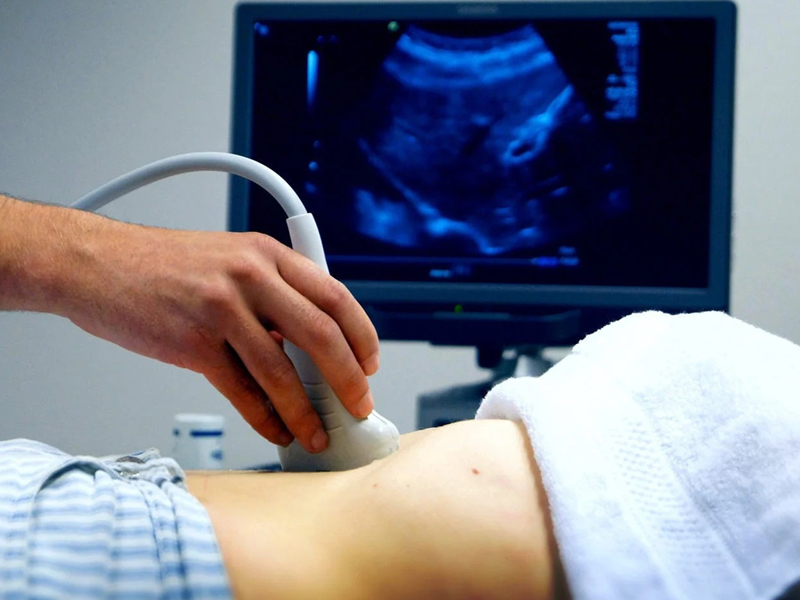Infertility Assessment
Infertility is defined as the inability to achieve pregnancy after one year of regular, unprotected intercourse. The first step in infertility assessment is a detailed history from the both the couple. The doctor will try to uderstand your sexual habits and may make recommendations to improve your chances of getting pregnant. After the initial counselling, we make an individualised plan for further investigations.
Evaluation may be initiated sooner in patients who have risk factors for infertility or if the female partner is older than 35 years. Causes of infertility include male factors, ovulatory dysfunction, uterine abnormalities, tubal obstruction, peritoneal factors, or cervical factors. A history and physical examination can help direct the evaluation.

Evaluation of Male partner :
Men should undergo evaluation with a semen analysis. The semen specimen is assessed in our andrology laboratory. Some men will require additional investigations like hormone testing, ultrasound of the genitals, sperm DNA fragmentation, genetic testing and procedures like testicular biopsy.
Evaluation of female partner :
A general physical examination along with gynecological examination is done. The common fertility tests done are :
- Imaging test : Ultrasound imaging helps us to know about abnormalities of the uterus and ovaries. Ultrasound examination on Day 2 or 3 of cycle will give the antral follicle count. Ultrasound examination is useful for tracking the ovarian follicular growth and follicullar rupture (ovulation). Ovulation can also be predicted by serum progesterone level measurement at cycle day 21.
- Blood investigations – Few baseline investigations like thyroid assessment, blood sugar, hormonal tests (prolactin, FSH, LH and E2) are adviced. Ovarian reserve can be assessed with serum AMH levels.
- Hysterosalpingography (HSG): Evaluation of the uterus and fallopian tubes can be performed by hysterosalpingography in women. X-ray contrast is injected into your uterus, and an X-ray is taken to determine if the cavity is normal and to see if the fluid spills out of your fallopian tubes.
- Hysteroscopy – During Hysteroscopy, the doctor inserts a thin, lighted device through your cervix into your uterus to view any potential abnormalities of the uterus.
- Laparoscopy – For patients with a history of endometriosis, pelvic infections, or ectopic pregnancy, evaluation with laparoscopy is recommended.Laparoscopy is a minimally invasive surgery, which involves making a small incision beneath your navel and inserting a thin viewing device to examine your fallopian tubes, ovaries and uterus. A laparoscopy may identify endometriosis, scarring, blockages or irregularities of the fallopian tubes, and problems with the ovaries and uterus.
Not everyone needs to have all, or even many, of these tests before the cause of infertility is found. You and our doctor will decide which tests you will have and when. Based on the initial evaluation and the test results, treatment plans are individualised.

